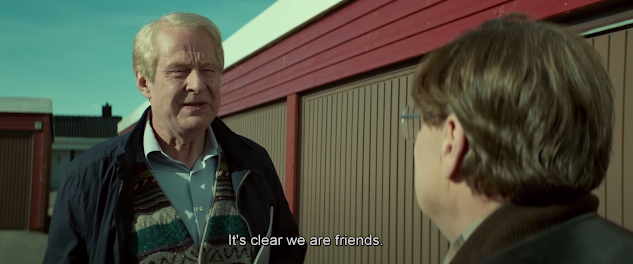Performance goal, Instrumentality, and Ove
1. Mastery Goal and Performance Goal
According to the motives that drive human achievement, goals can be divided into two types: mastery goal and performance goal. When we adopt a mastery goal, we try to develop our competence, make progress and improvement in ourselves, and readily overcome difficulties with persistence. Therefore, mastery goal places on the value of making efforts and process of learning. Within the learning context, mastery goal views errors or mistakes as a part of learning and promotes learners to overcome difficulties, which encourages people to be intrinsically motivated. On the other hand, when we adopt a performance goal, we try to prove and be recognized our competence. Thus, we may want to outperform others and display high ability. Within the learning context, performance goal defines success as high grades or high normative performance. Because learners with performance goals would be satisfied in their learning when they do better than others, they constantly compare their own performance to others'. Therefore, when errors or mistakes occur, they are more likely to be anxious. Since performance goal is defined by the product of a person’s strive for their goals, if the product is unsatisfactory it can cause negative emotions.
2. Ove's Performance Goal
Ove and Rune became a friend quickly because they moved to the neighborhood at the similar time, their wives (Sonja and Anita) were close to each other, and they shared the same value system. Ove and Rune both valued honesty and justice. In the beginning of Ove and Rune’s friendship, they cooperated with each other to fight injustice in their neighborhood. There was a new neighbor having a party with loud music and drinks every night, which disturbed other neighbors. Ove and Rune decided to secretly hide drugs at their home, and the neighbor ended up being arrested by the police on drug possession charges. After the neighbor moved out, a young woman with a nine-year-old son moved into the house with her boyfriend in his 40s. The man used violence against the woman, so Ove and Rune fought with the man and drove him away. Meanwhile, Ove and Rune used to have small quarrels over neighborhood rules as neighborhood leaders, and eventually, the conflict between the two became more intense. Furthermore, Ove, who lost his baby in a car accident, began to dislike Rune because he had a son. Also, Ove, who loved Saab cars, no longer considered Rune as a friend since Rune bought a Volvo car. Potentially, Ove was comparing himself to Rune which is a marker of a person with performance goals. Because Ove was filled with unbearably deep sorrow and anger due to the car accident that caused the loss of his baby and Sonya’s legs, his trauma might have been expressed as different forms of emotions such as inferiority and dislike to Rune. Even though Ove did not want to do better than Rune all the time, I believe that a performance goal could have been involved in the cause of Ove’s negative emotion toward Rune.
3. Instrumentality
Instrumentality is the connection between current actions to future goals or life. When we find the value and relevance of the present task to our future goal, our motivation can be facilitated. Instrumentality can be divided into two types: endogenous and exogenous instrumentality. Endogenous instrumentality is the perception that the task is directly connected to a future goal and is useful in achieving the goal. When we perceive endogenous instrumentality in certain activities, we can engage in the activities with intrinsic motivation, self-regulation, and can put more effort towards goals. On the other hand, exogenous instrumentality is the perception that the task is necessary for achieving a future goal, but not directly related to the goal. When we perceive exogenous instrumentality in given tasks, we are more likely to be engaged in extrinsic motivation and fewer self-regulation strategies.
4. Ove’s Endogenous Instrumentality
Ove never believed he could be a good father. Ove had always thought that being a father was too much responsibility for him because he felt that he was not good enough financially and emotionally to take the father role. His wife, Sonja, who always encouraged Ove that he is a good person and can be an amazing father, eventually got pregnant. After discovering that he will become a father, Ove began to build a crib for his baby. He looked forward to a better future with Sonja and their baby, and building a crib was the first thing he could do for their future as a father. The task (building a crib) is highly related to Ove’s endogenous instrumentality in that the crib was directly connected to Ove's expectation of his family’s future happiness and of his role as a good father and husband.
In this novel, Ove’s determined goal is to create a world with justice where right is right and wrong is wrong. Even though he lost his friend Rune in the desperate situations of the past, after discovering that the welfare authorities were preparing to send Rune, who had dementia, to a nursing facility despite Anita’s objection, he began to find ways to help Anita. Because what the welfare authorities were doing never seemed justified to Ove, he perceived endogenous instrumentality in his efforts to support Anita. Finally, with the help of a local reporter investigating the corruption of the welfare authorities, he saved Rune from the authorities and confessed to Rune that Rune was a good friend of Ove himself, who now became unable to speak while sitting in a wheelchair.

You clearly provided examples of the theory, especially of instrumentality. This seems like such a sad story! Yet, it is also heart-warming. :)
ReplyDelete